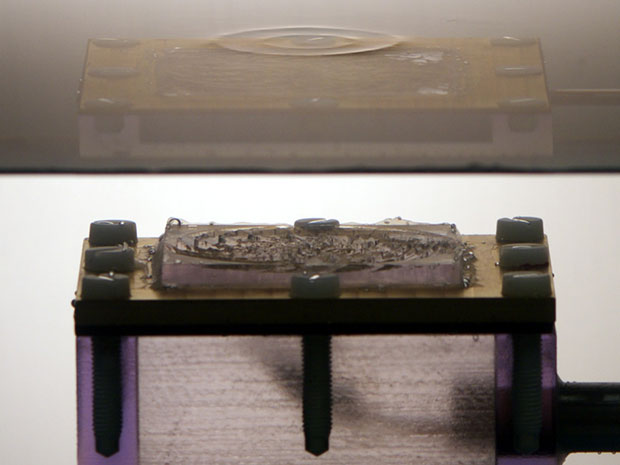The best thing that is presently about the tractor beam is a sort of technology based on shifting tiny objects with sound. The previous year, scientists from the Public University of Navarre in Spain illustrated how ultrasonic acoustic holograms could be utilized to analyze things in the medium air, utilizing an assortment of ultrasonic transducers and even some reasonably intricate programming and modeling.

The entire complexity of the acoustic hologram – a 3 dimensional structure created by sound – that you can prepare in this method and eventually what you can do with it is constrained basically by the characteristics of the transducer assortment, and because transducers can just be so small, it is a significant challenge.
An acoustic hologram demonstrates itself like movements in the air pressure. You can generate pressure structures such as bottles and vortices that can capture lightweight and tiny things in areas of less pressure inside the spaces of high pressure. Preparing the structures comprises the creation of a sound field where a group of distinct sound waves of differing amplitudes destructively and constructively interfere in just the correct way to create precisely the structure that you need. One method to perform this is with an assortment of individual transducers, each one releasing a slightly distinct sound wave.
But a group from the Max Planck Institute for Intelligent Systems in Germany introduced a novel method of conveniently preparing extremely high resolution acoustic holograms that function in water or air. Just than depending on an entire bunch of tiny transducers, they use just single giant transducer instead. It rests underneath a special 3 dimensional printed transmission holograms prepared out of finely detailed plastic.
In this novel study, the singular transducer releases single sort of sound wave that implies you can use it to generate a sound field that I will perform all that much for you. What the scientists realized, however, is that the only vital thing is identifying a method to create all of such distinct sound waves that you can prepare without more than single transducer if you are interested in making some compromises.
In this specific case, the ‘hologram’ is like a plastic box that transforms a sound wave from a singular transducer into an intricate sound field. The possible limitation of this method is that you cannot instantly alter the acoustic field since it is adjusted by the 3-dimensional printed plastic plate. You can even set up acoustic fields that shift objects, but they will move along a stable path. One possible workaround is a 3-dimensional printing a singular hologram that encodes numerous sound effects at varying frequencies. That would enable you to choose the hologram by fidgeting the transducer dynamically.
As far as practical applications are concerned, the scientists describe super-resolution imaging, personalized medicine, and selective heating. But what is most suitable here is the fact that it is now extremely instant, cheap and quick to generate ultra-high resolution acoustic hologram grounded tractor beams for that spaceship that I am absolutely not hiding structuring in my garage.
Filed Under: News


Questions related to this article?
👉Ask and discuss on Electro-Tech-Online.com and EDAboard.com forums.
Tell Us What You Think!!
You must be logged in to post a comment.